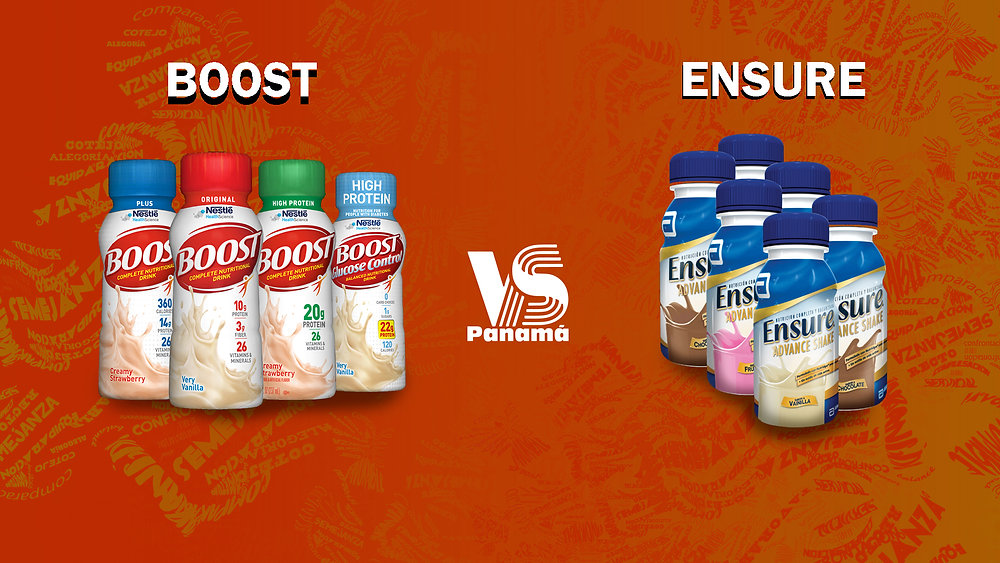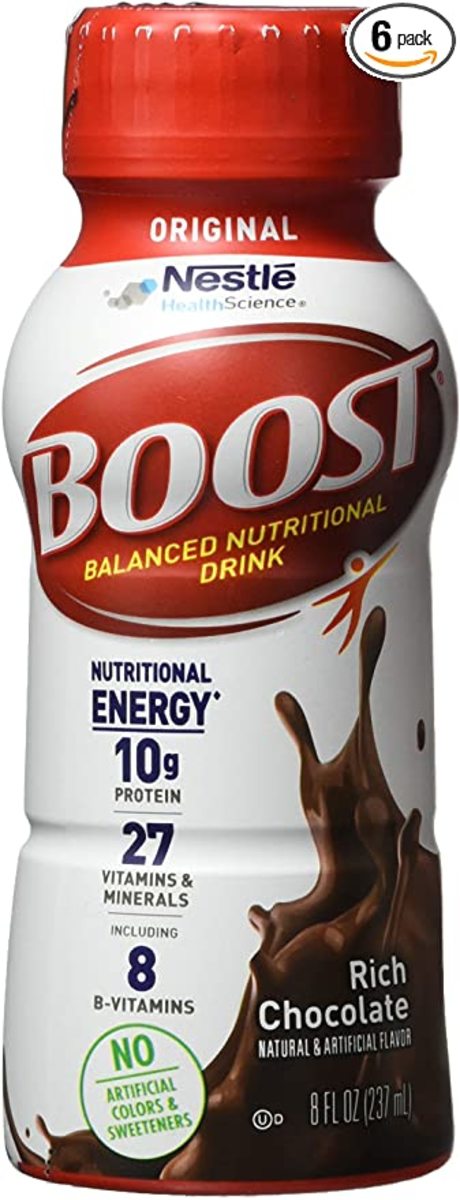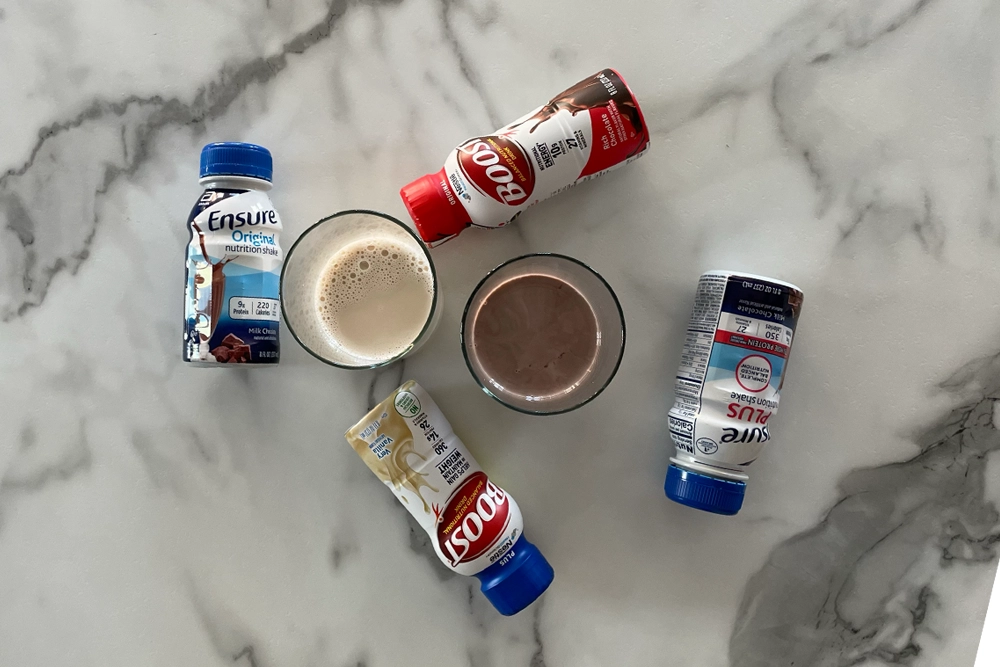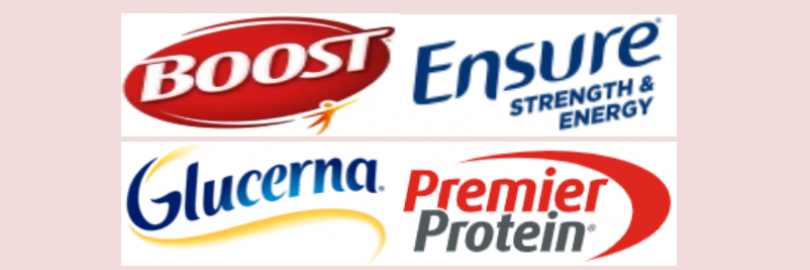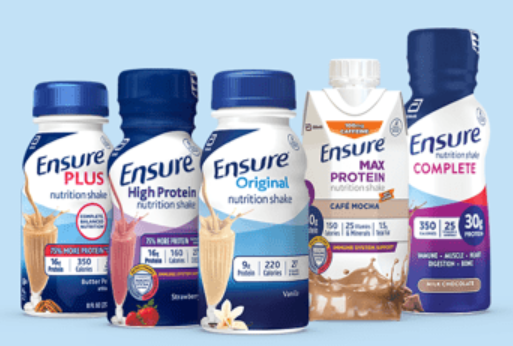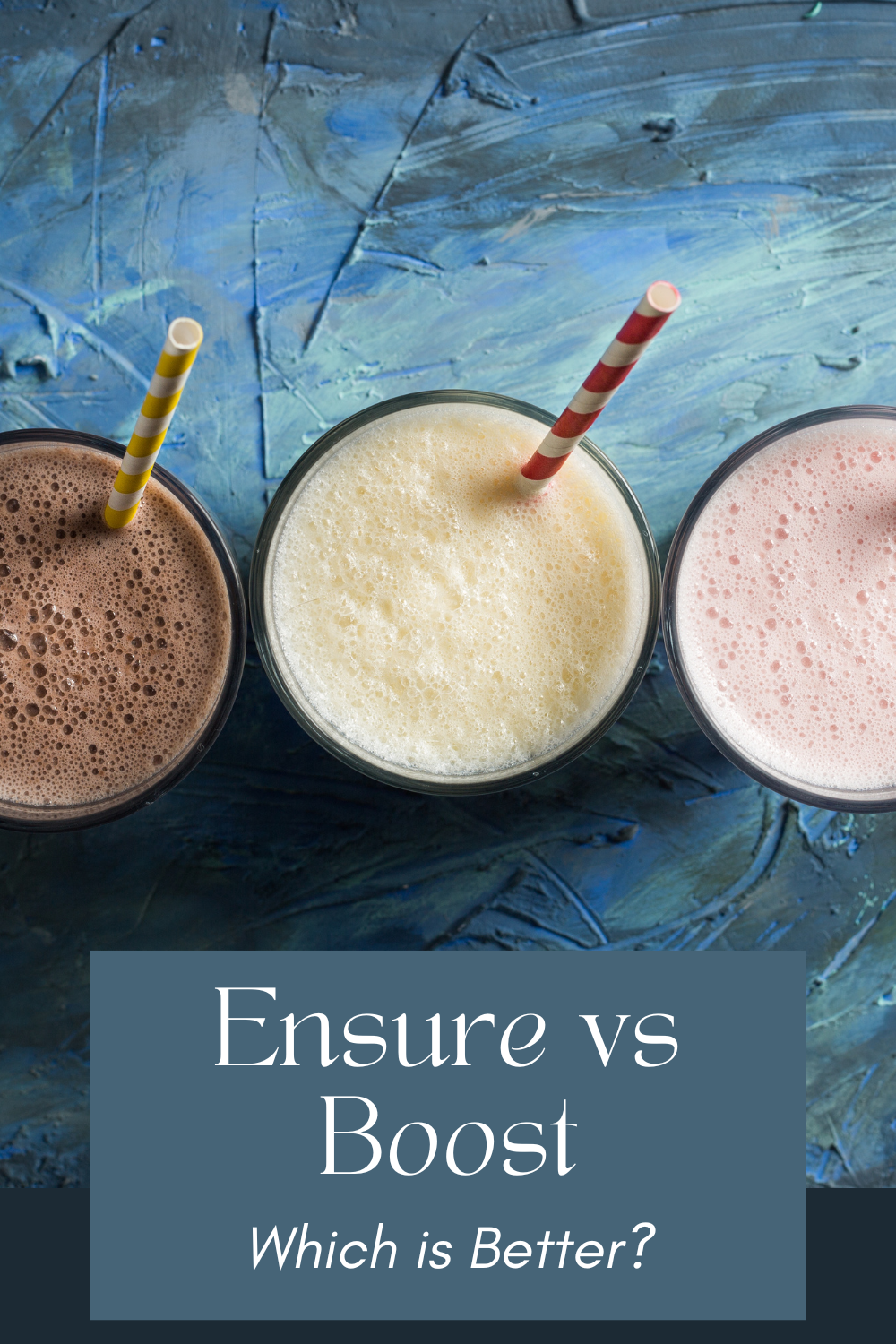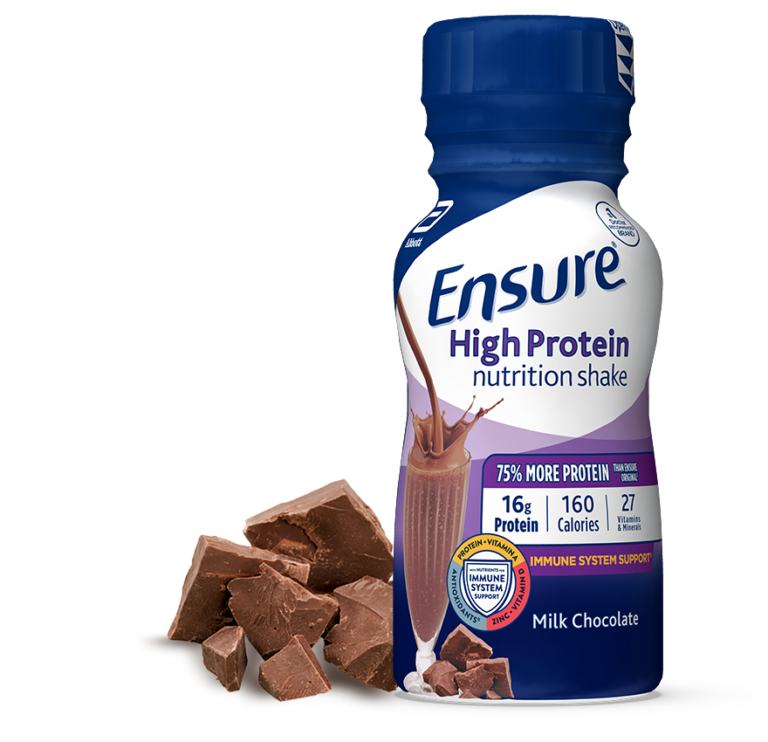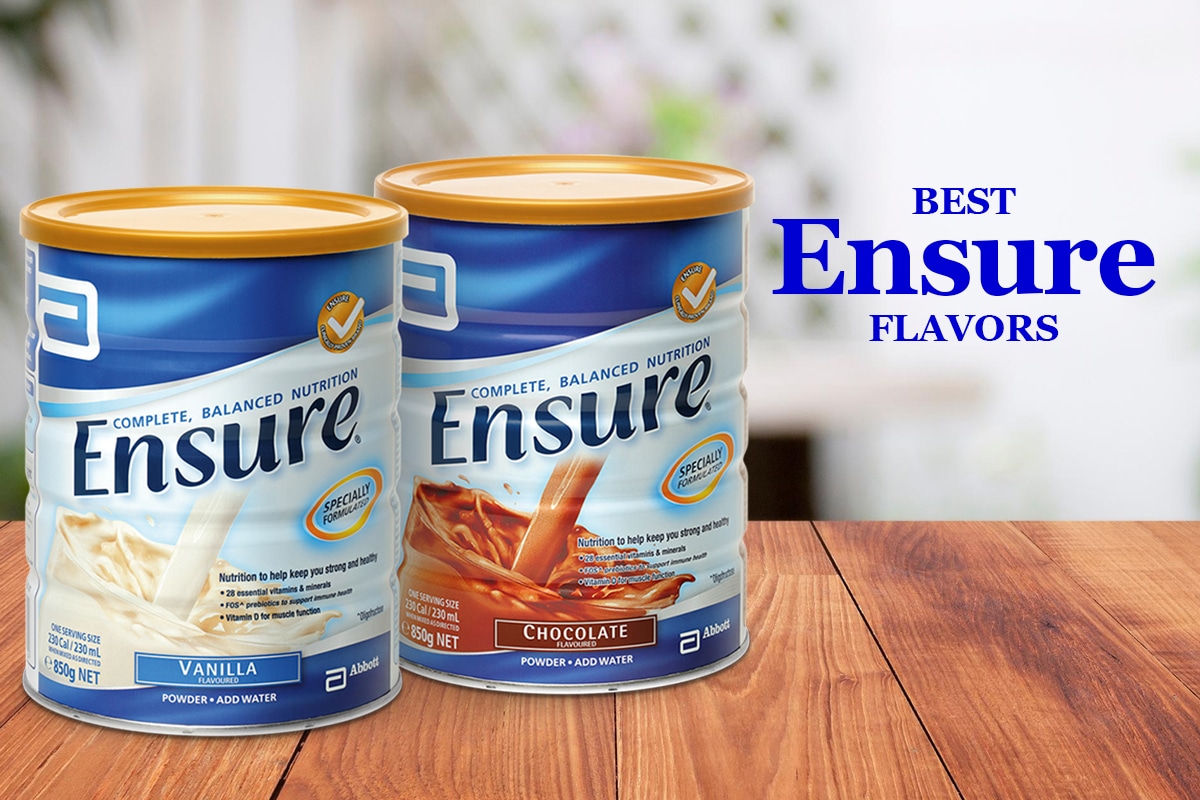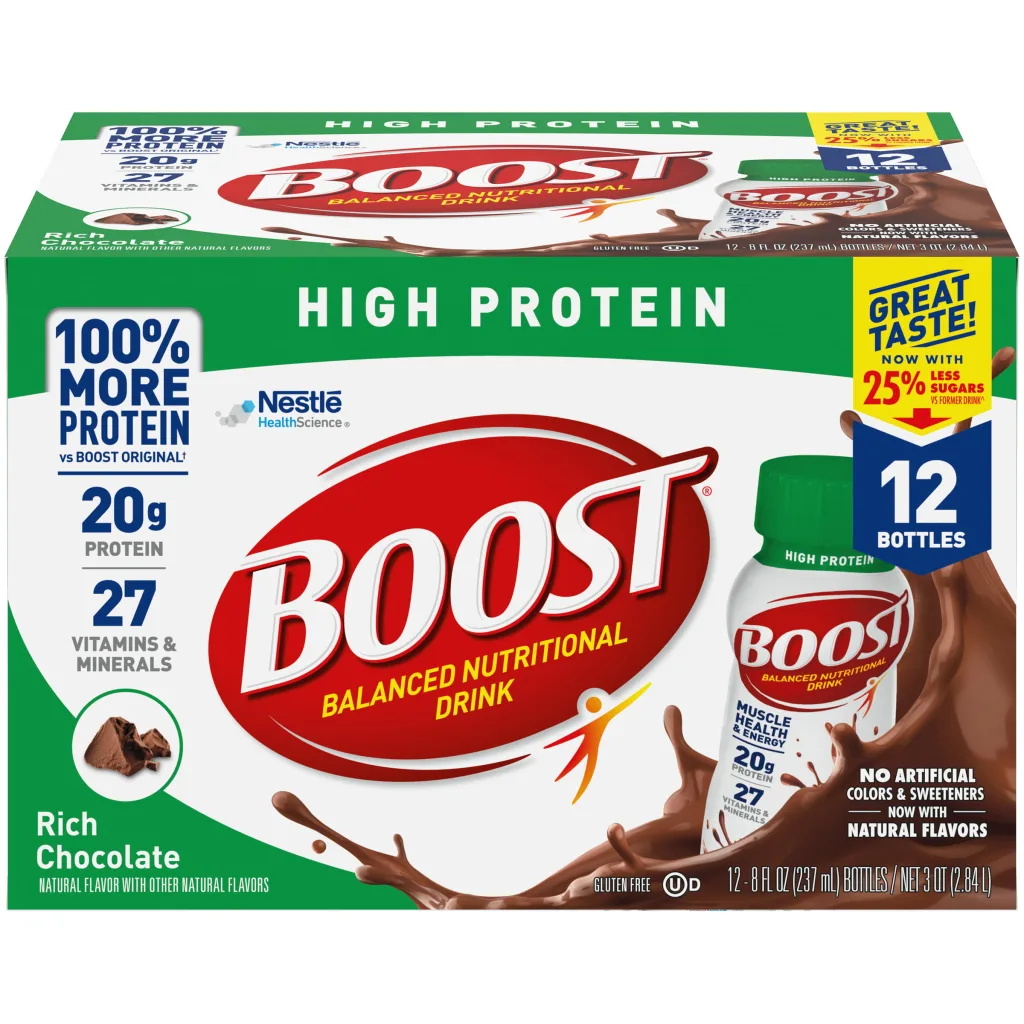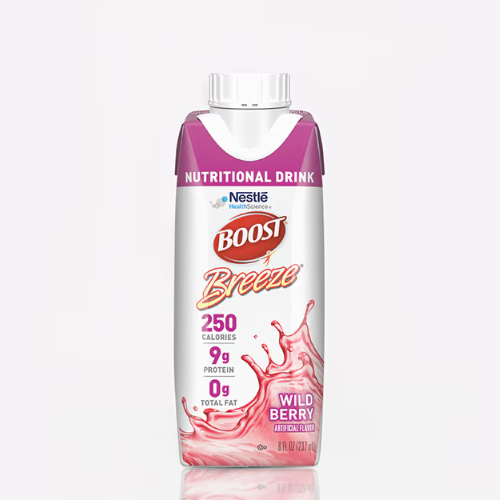Is Boost The Same As Ensure
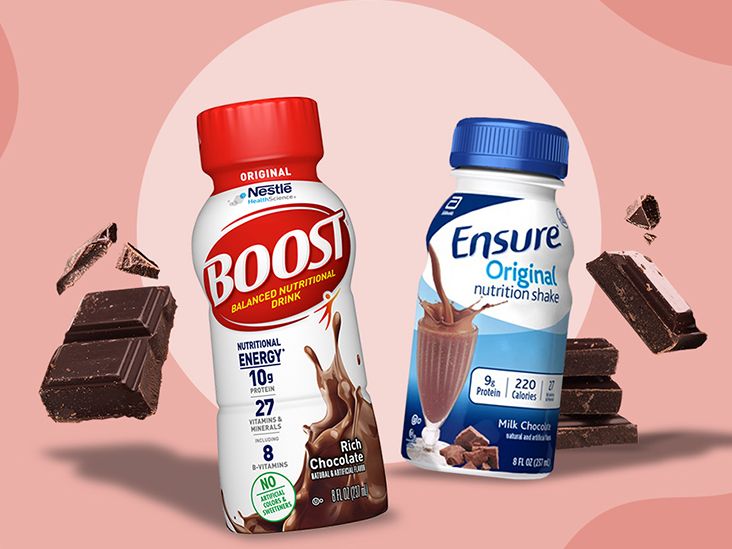
For individuals facing nutritional challenges, whether due to illness, age, or dietary restrictions, nutritional shakes like Boost and Ensure offer a convenient way to supplement their diet. But a common question lingers: Are Boost and Ensure essentially the same product, or are there crucial differences that dictate which one is more appropriate for specific needs? The answer isn’t as straightforward as it seems.
This article delves into a detailed comparison of Boost and Ensure, analyzing their nutritional profiles, target audiences, flavors, and cost to determine if they are indeed interchangeable or if distinct features set them apart. By examining ingredient lists, consulting nutritional experts, and referencing official statements, we aim to provide a clear understanding to help consumers make informed choices for their individual health requirements.
Nutritional Showdown: Ingredients and Macronutrients
Both Boost and Ensure are designed to provide a balanced blend of macronutrients: protein, carbohydrates, and fats. However, the specific quantities and sources of these nutrients can vary.
Ensure Original, for example, typically contains around 9 grams of protein, 25 grams of carbohydrates, and 6 grams of fat per serving. Boost Original, on the other hand, provides approximately 10 grams of protein, 36 grams of carbohydrates, and 7 grams of fat.
The difference, although seemingly small, can impact individuals with specific dietary needs. For instance, those requiring higher protein intake might find Boost slightly more advantageous, while individuals monitoring their carbohydrate consumption might prefer Ensure.
Beyond the macronutrient ratio, the micronutrient composition also deserves attention. Both shakes are fortified with vitamins and minerals, but the specific amounts of each can differ. Consumers should carefully examine the nutrition facts label of each product to ensure it aligns with their individual requirements and potential deficiencies.
Target Audience: Who Benefits Most?
While both shakes are marketed towards adults needing supplemental nutrition, their specific formulations often target distinct groups. Ensure often focuses on elderly individuals at risk of malnutrition, and those recovering from illness. These products frequently have options for immune support or bone health.
Boost, while also catering to these populations, sometimes emphasizes products that support active lifestyles or weight management. They are also marketed towards individuals seeking on-the-go nutrition.
Consider Boost High Protein versus Ensure Max Protein. Both target individuals needing increased protein intake, but their marketing and additional ingredients might appeal to different consumer groups – athletes versus those recovering from surgery, for example.
Taste and Texture: A Matter of Preference
Taste and texture are subjective factors, but they play a significant role in compliance. If a nutritional shake is unpalatable, individuals are less likely to consume it consistently.
Both Boost and Ensure come in various flavors, including vanilla, chocolate, and strawberry. However, the specific flavor profiles and textures can vary considerably. Some people may find Ensure to have a slightly sweeter taste, while others might prefer Boost’s smoother consistency.
Trial and error is often necessary to determine which shake is more appealing to an individual's taste buds. Sample packs or smaller serving sizes can be a cost-effective way to experiment with different flavors and textures.
Cost Comparison: Budget-Friendly Options
The cost of Boost and Ensure can vary depending on the retailer, quantity purchased, and any ongoing promotions. Generally, they fall within a similar price range, but it's essential to compare prices across different stores and online platforms.
Generic or store-brand alternatives often provide similar nutritional value at a lower cost. However, it's crucial to carefully compare the ingredient list and nutritional information to ensure they meet the individual's specific needs.
Consider the cost per serving rather than the total price of the package. This allows for a more accurate comparison, especially when different package sizes are involved.
Expert Opinions and Recommendations
Dietitians and healthcare professionals often recommend nutritional shakes as part of a comprehensive dietary plan. However, they emphasize that these shakes should not replace whole foods entirely.
"Nutritional shakes can be a valuable tool for supplementing the diet, but they should be used in conjunction with a balanced intake of fruits, vegetables, and lean protein sources," says registered dietitian Sarah Johnson.
It’s critical to consult with a healthcare professional or registered dietitian to determine which shake is most appropriate for an individual's specific health conditions, dietary requirements, and medication interactions. Self-treating nutritional deficiencies can be harmful.
Looking Ahead: Innovation and Future Trends
The market for nutritional shakes is constantly evolving, with manufacturers introducing new formulations and flavors to cater to changing consumer demands. Plant-based options, organic ingredients, and specialized formulas for specific health conditions are becoming increasingly prevalent.
Both Boost and Ensure are likely to continue innovating to meet these evolving needs. Keep an eye out for new product releases and updated nutritional information.
Ultimately, whether Boost and Ensure are "the same" depends on individual needs and preferences. While they share similarities, their subtle differences in nutritional profiles, target audiences, flavors, and cost can make one a better choice than the other for specific individuals. Careful research, informed decision-making, and consultation with healthcare professionals are essential for optimizing the benefits of these nutritional supplements.
